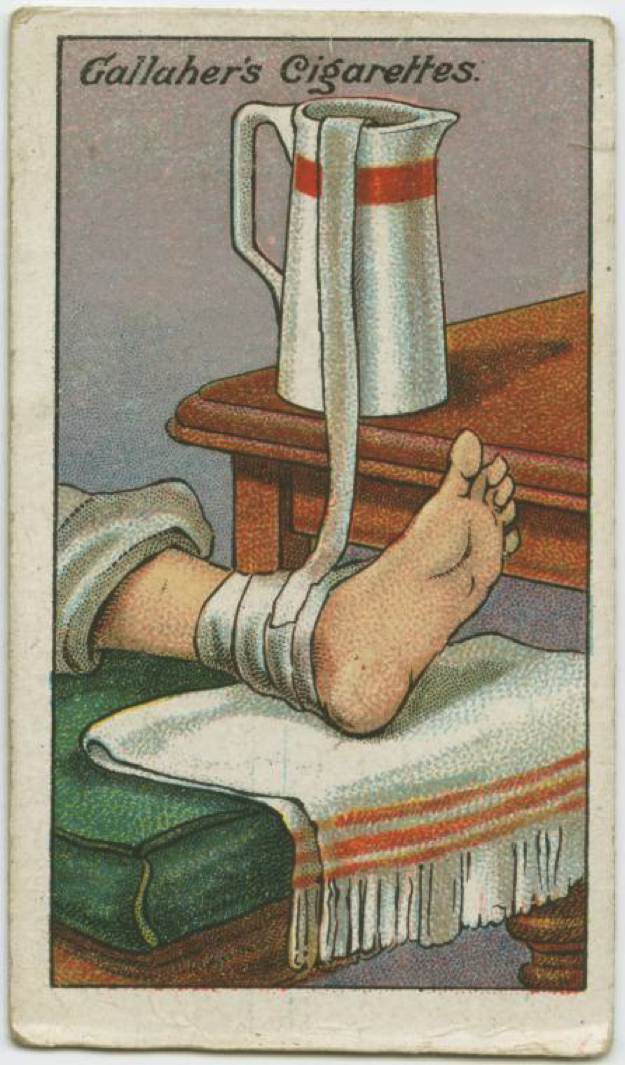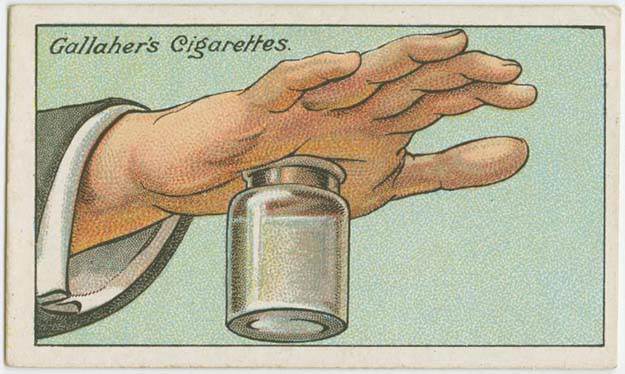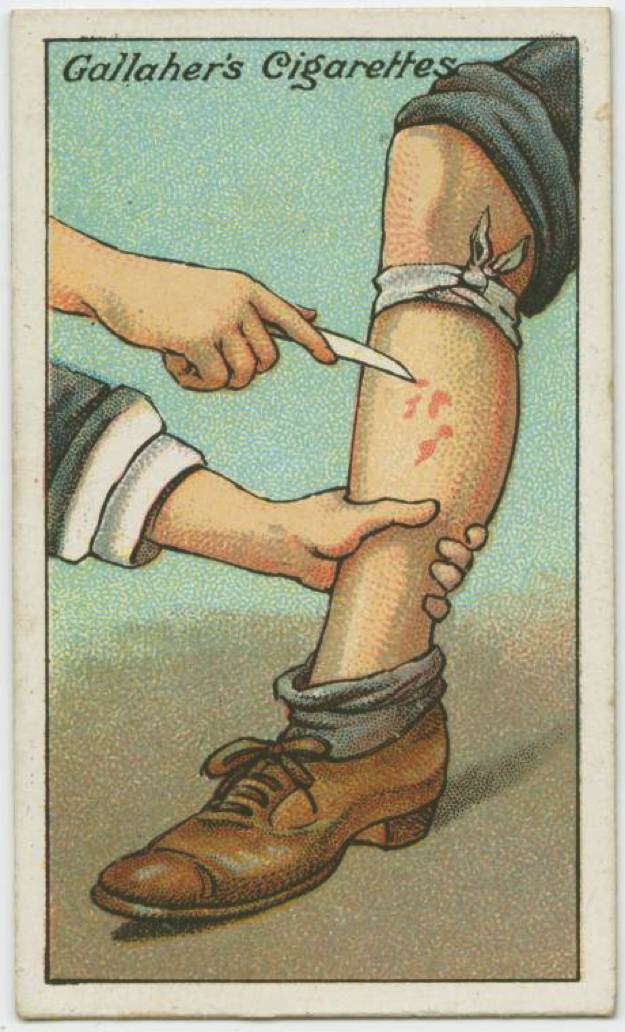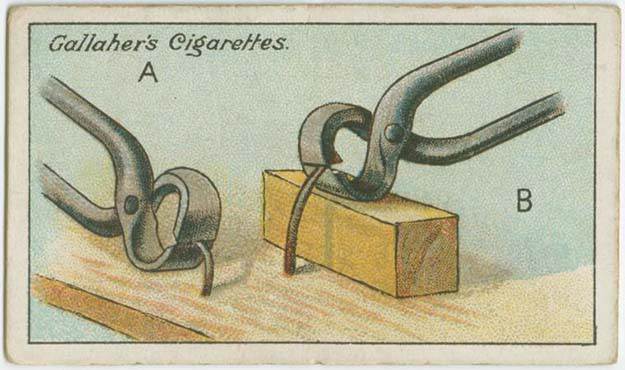7 Common Myths About Raising Backyard Pigs was originally published on https://totalsurvival.net/
Pigs are a great animal to raise on the homestead. They require minimal attention, and can thrive on infertile or barren land. They will eat just about anything (within reason…we’ll get to that!) and are relatively friendly, easy-to-care-for animals. However, if you have never raised pigs before, it can be a daunting proposition. The Internet, in particular, is full of misinformation and downright lies.
Don’t let yourself be dissuaded. The following are common myths related to raising pigs, along with some serious benefits to be considered.
Myth #1: Pigs will eat anything and everything.
Pigs are omnivores, and are incredibly opportunistic. They will eat anything that appeals to them, but in most cases you don’t have to worry about them eating anything that is downright inedible, or dangerous. While they will eat just about anything, including poultry or even rodents, that doesn’t mean that you should feed them whatever you want.
“The Big Book Of Off The Grid Secrets” — Every Homesteader Needs A Copy!
Pigs should not eat meat. A common myth is that feeding pigs meat makes them mean, which is not true, but what you do have to worry about is disease. In many places, including the United States, it is illegal to feed meat to pigs because they can spread disease, such as trichinosis, in this fashion.
Remember that you are what you eat, and that’s especially true for pigs. If you feed a pig a lot of apples, the meat will have an apple flavor. If you feed them lots of garbage, well … you get the drift.
Myth #2: Pigs do — and should — get really fat
Obese pigs are just as unhealthy as obese people. A misconception is that a fatter pig will lend to a larger quantity of meat. While the pig will be heavier, you will end up cutting off most of that fat and throwing it away. The meat will have less flavor and you will end up with the same amount of meat as if your pig had been at a healthy weight.
Myth #3: Pigs are smelly
Pigs prefer to be clean. If you don’t provide them with a clean living space, sure, they will begin to stink. But under most conditions, pigs will clean for themselves. In my experience, pigs will defecate and urinate away from their sleeping area, and will kick bedding out of their sleeping area when it has become too soiled. Close confinement lends to odors, not lack of cleanliness on the part of the pig. That being said, many people try to raise pigs in a small, cramped pen. They will live and grow in this setting, but they will be leaner, healthier and less smelly in a larger pen. Another myth to dispel? Pig meat is not “tough” when the pigs are allowed to roam about.
Myth #4: Pigs are aggressive
Pigs are actually relatively affectionate. Although they can become aggressive when challenging each other, or when threatened, they usually won’t show aggression under normal circumstances.
Myth #5: You don’t need to spay or neuter
While pigs aren’t usually aggressive, pigs that are not spayed or neutered can engage in sexual activities that can cause injury. Containing animals that aren’t fixed can be a challenge, as well, as a boar will charge through a fully electrified fence if he is lusting after an available sow. Unless you are planning on raising piglets, have this matter taken care of. Health concerns such as testicular, mammary, ovarian, and uterine cancers can affect intact pigs, just as they can humans.
Myth #6: Having a single pig is better than multiple, as they can’t catch disease
Although some disease are communicated between pigs, a single pig can become infected with a parasite. For example, Erysipelas is a bacteria that is commonly found in the soil and can be picked up in the yard. For true disease prevention, make sure your pigs have plenty of space to roam and receive vaccinations and parasite control. There are several at-home parasite control remedies you can utilize if you don’t want to enlist the help of a veterinarian.
Having multiple pigs is actually beneficial, as raising three pigs doesn’t create any more work for you than just one. Further, pigs are social creatures, and will be more content with friends to play with. Increased competition for food usually inspires additional eating, helping your pigs to grow more quickly and increase your yield.
Myth #7: Pigs are dumb
Pigs are actually extremely intelligent. They can solve problems, learn and observe. Many studies have actually reported pigs being able to manipulate latches or engage in other trained behaviors.
Benefit #1: Pigs are fun
Pigs are compassionate, friendly creatures who engage in incredibly entertaining antics. They enjoy playing with each other, and will chase and playfully nip at each other throughout the day. Ours were known to play with their feeder, flipping it upside down and nosing it around their pen. Although this ended up being quite a nuisance, their hilarious routines did give us a chuckle every afternoon.
Benefit #2: Pigs can recycle
Pigs won’t eat everything, and each pig, like a human, actually has individual taste preferences. We had one, for example, that hated zucchini and would eat everything in its trough besides zucchini. However, in many cases, pigs are a great way to get rid of extra produce from the garden, milk from the cow, or items close to their expiration date in the refrigerator. Having pigs can really cut down on your food waste, and there’s nothing more enjoyable than feeding your pigs some scraps from the kitchen.
Benefit #3: Pigs are not time-consuming
As I mentioned, if you have one pig, you can have three pigs. Or seven, or 10 or 15 (well, maybe there’s a little more work then). If you set up an automatic feeding and watering system, and have plenty of space, there’s not much else you need to do besides occasionally change bedding and fill the feeders and waterers once or twice a week.
Benefit #4: You don’t need many to get a return on your investment
Although you can make a profit from just one or two pigs, having several is ideal to allow you to earn a higher return on investment. With no additional work and a bit more in additional feed costs, you can sell the meat for cash or raise a boar and sow through the winter to produce piglets. Piglets generally cost at least a hundred dollars apiece, and a sow can produce 10-20 piglets a year, under optimal conditions.
Raising pigs for meat isn’t for everybody, but if you’re considering this endeavor, by all means, jump right in. It is an enjoyable experience that can help you save money, raise delicious pork, and have fun at the same time.
What advice would you add for raising pigs? Share it in the section below:
This Article Was Originally Posted On offthegridnews.com Read the
Original Article here
Learn More Here: 7 Common Myths About Raising Backyard Pigs





 This article first appeared on urbansurvivalsite.com
This article first appeared on urbansurvivalsite.com 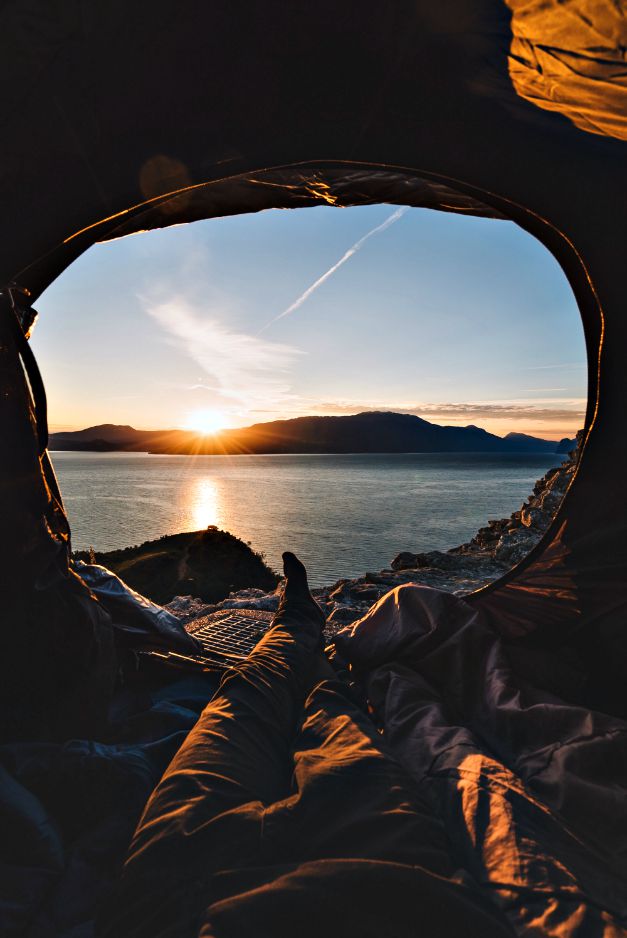
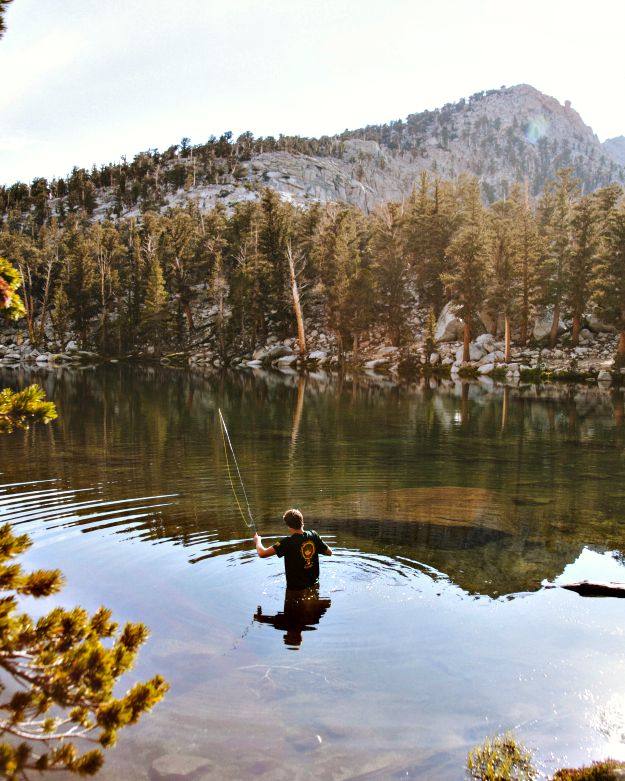
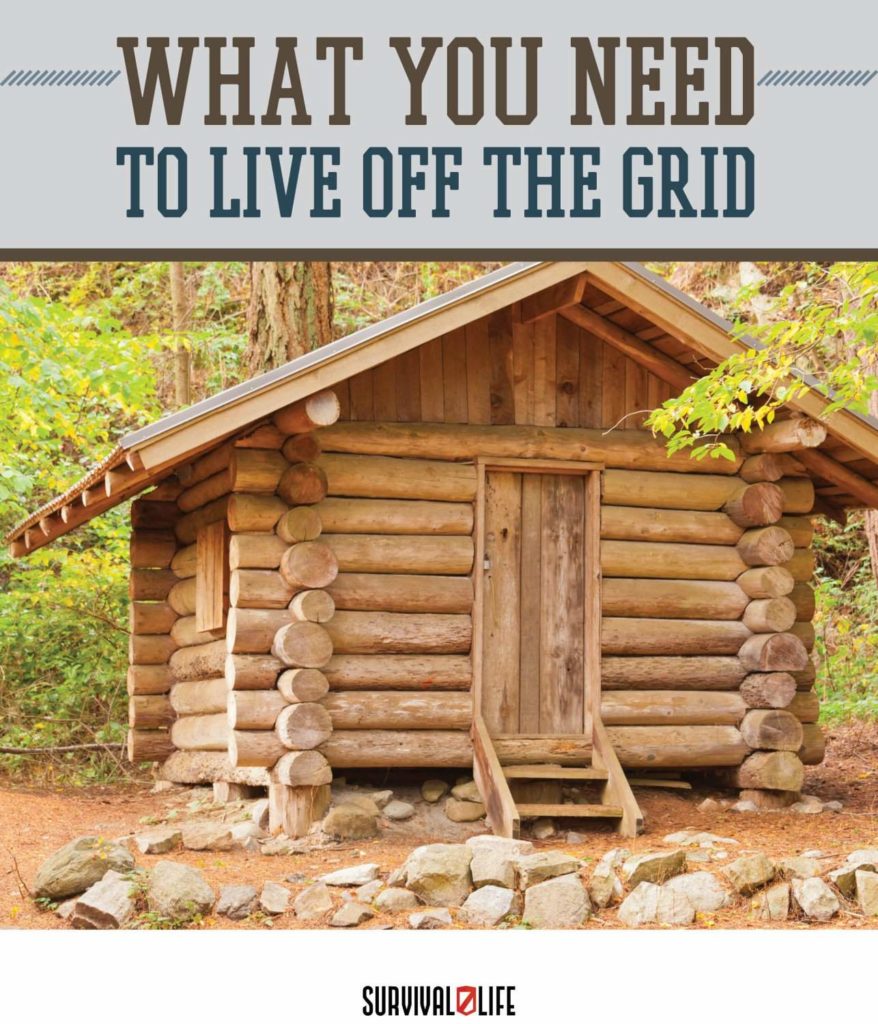
 The trellises are made with 10 foot lengths of rebar (driven into the ground at least a foot) and 4′ x 8′ wire mesh panels.
The trellises are made with 10 foot lengths of rebar (driven into the ground at least a foot) and 4′ x 8′ wire mesh panels.





